Because you have a pulse, you already know what’s on everyone’s minds – COVID-19. The Centers for Disease Control and Prevention (CDC) has urged all gatherings in America of more than 50 people to be called off through April.
While that currently exempts employers, it feels like an inevitability at this point given that most employers have more than 50 people in a building at any given time.
And it’s a logistical nightmare. Making sure employees can work from home means equipping them with hardware (laptops/desktops), stable VPNs, and authentication tokens to make sure the company and their clients’ information is all protected. Some companies have literally asked employees to go through hand washing training. Others are repeatedly sending out CDC guidelines on hygiene.
But what plagues minds is that there is no end date in sight. Some, like the CDC, have set their sights on May 01, but we all know that can change. So employers are stuck wondering when business can go back to normal, not just from a sales perspective, but from an operations perspective.
Regardless, thousands of employees are in offices right now as I write this, nervous and afraid to speak up (overnight, job security became iffy for so many). Make no mistake – even employers that are using their best judgment to keep the company afloat are afraid, not just from a business perspective, but from a personal health perspective.
The startup culture perks and creature comforts like beer taps, cereal bars, snack baskets, ping pong tables, bean bags, and bathroom toiletries are all now seen as items that hold on to COVID-19 germs until the next person touches any of the perks.
People are walking through their office lobbies wondering if the person that walked in seconds before them just sneezed into the air, leaving an infected cloud for the person behind them.
Everyone is trying to keep their hands sanitized, but with COVID-19 living on surfaces anywhere from 3 hours to 3 days, people are nervous in offices, bathrooms, lobbies, and common areas.
From the front door keycard which could be contaminated, to the front door handle, to the elevator buttons, handrails, walls, chair backs, desks, drawer pulls, files, keyboards, screens, smartphones, tablets, break room surfaces, refrigerator doors, sparkling water cans, snacks, bathroom doors (and locks, and faucet knobs, and weird floss picks in an open container), it’s all fair game for this nasty virus.
The ramifications of keeping hundreds of people in a building for an 8 hour day are obvious – it may not be a 250-person gathering in the main room, but with hundreds of people in and out of the building in a day, there is a problem, even when creatively problem solving (like spacing workers out more to observe “social distancing”). You can see how even the cleanest of places becomes a viral petri dish.
“Am I a carrier? Am I spreading it? Or did I just pick it up?” the constant thought cycle permeates so many minds. People look around in fear anytime someone coughs or even sniffles, no matter their job title.
There is no clear answer here, but with a workforce often self-isolating at home, there are uneasy feelings of people in offices right this very moment. Some companies simply aren’t ready to pull the trigger on sending people home, and others literally can’t due to the nature of the work. We’ll have to see where this all ultimately takes us as a national work culture.
We have all had to rethink how we live. Now, we have to reconsider how we work – surfaces need to be sterilized, hygiene needs to be practiced by all, and nationally, you’re watching everyone realize exactly how many surfaces we all encounter in a single day.
Lani is the COO and News Director at The American Genius, has co-authored a book, co-founded BASHH, Austin Digital Jobs, Remote Digital Jobs, and is a seasoned business writer and editorialist with a penchant for the irreverent.




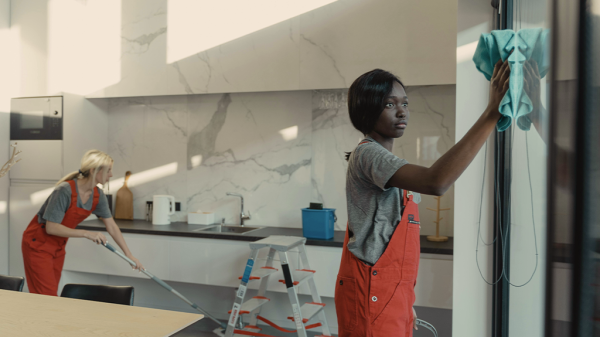

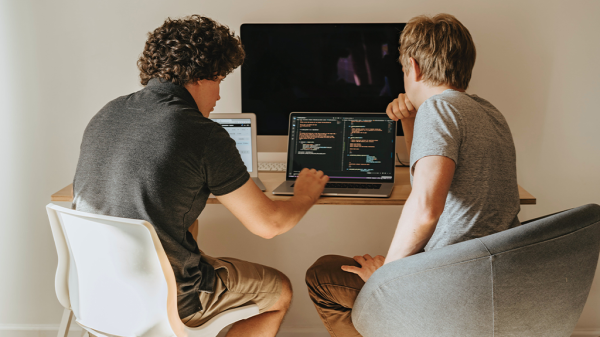

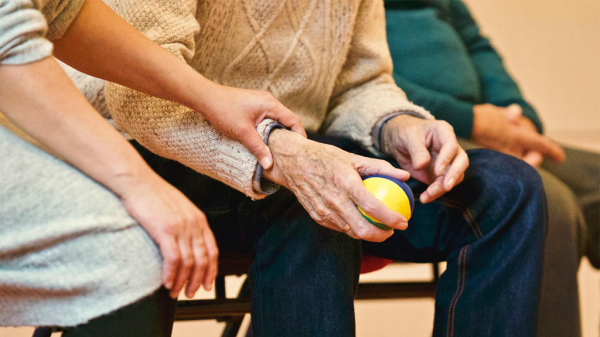
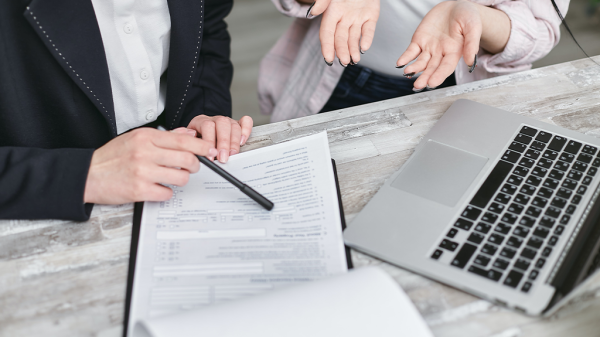
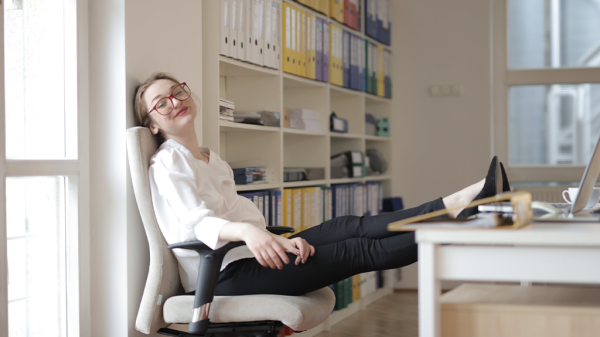


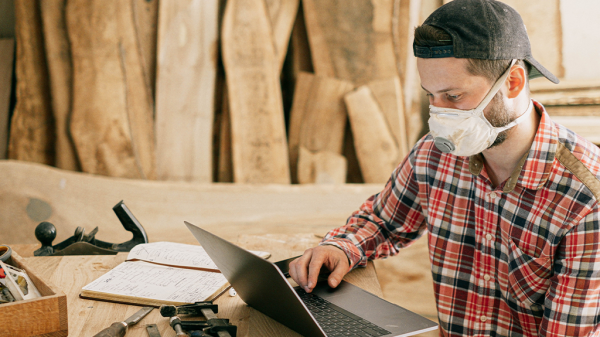
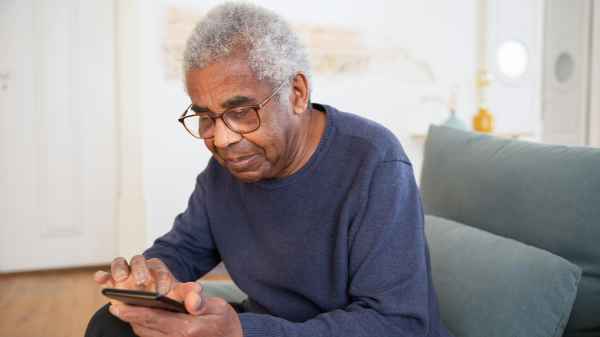














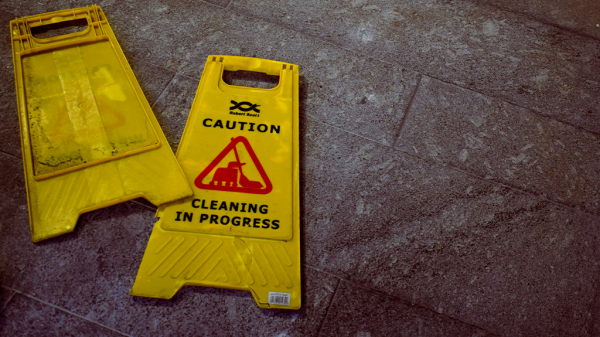



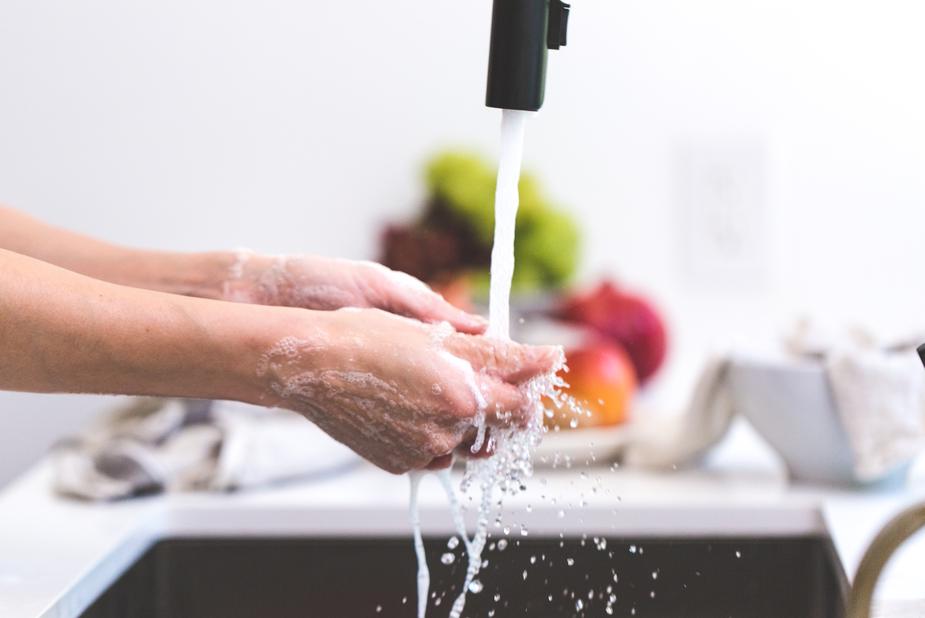



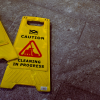
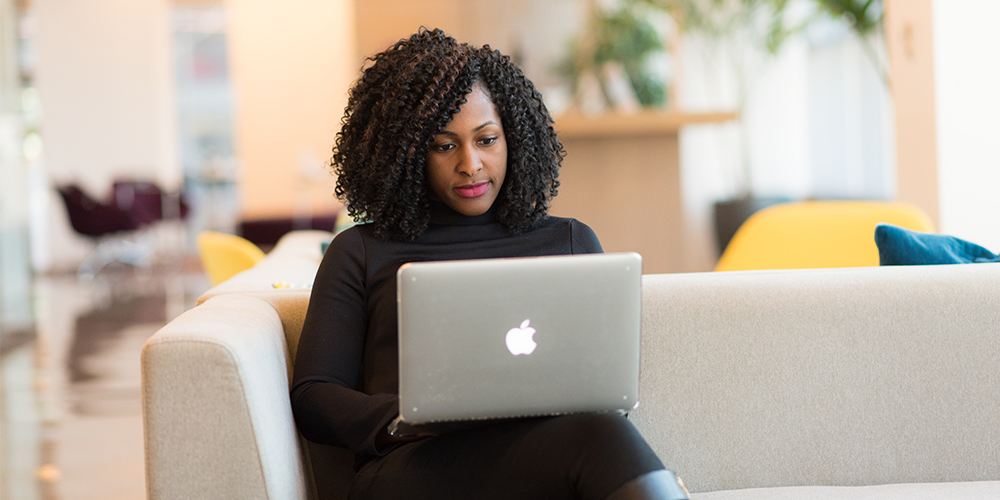
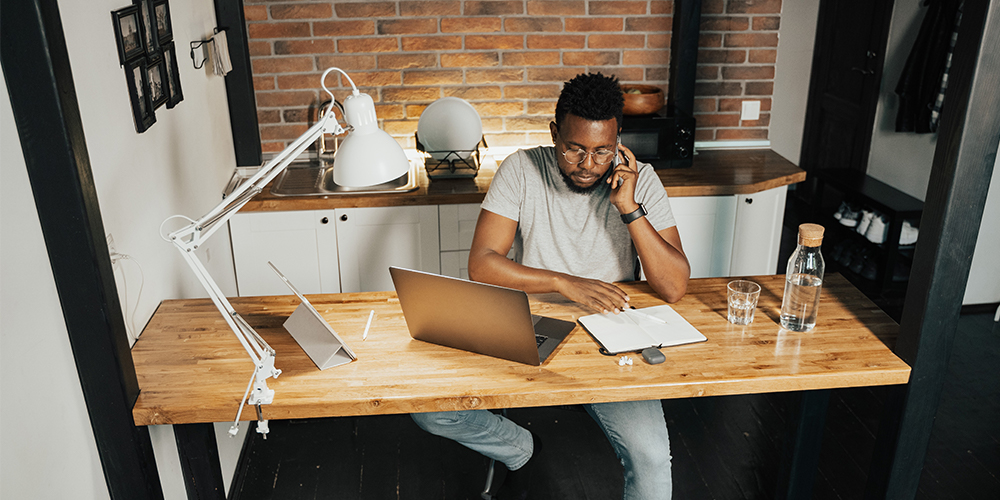

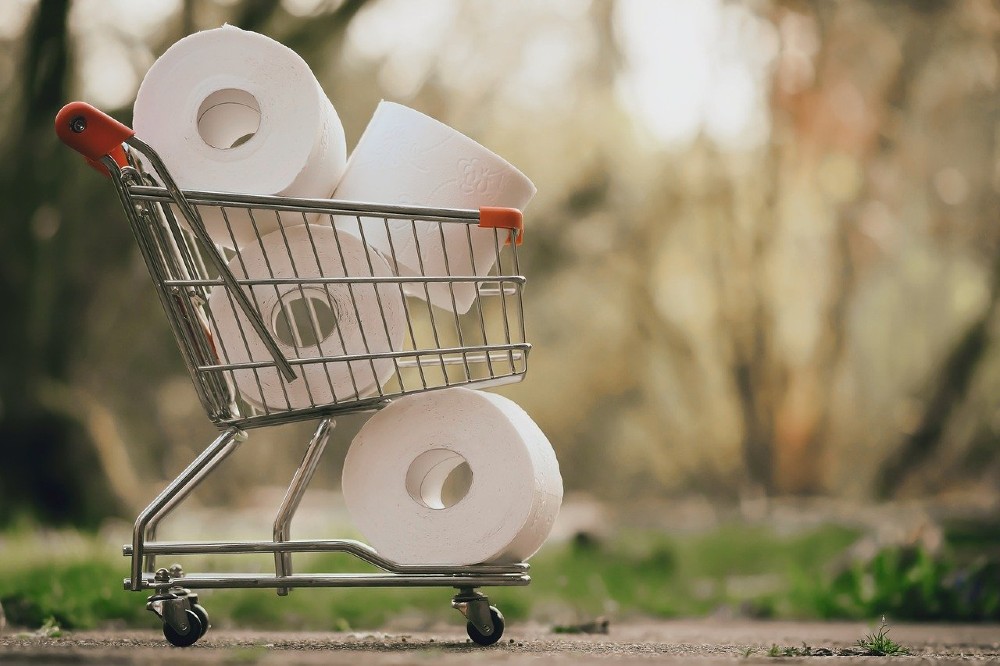
Ted Simmerman
March 16, 2020 at 9:45 pm
The comments I have read all beg the question, “What if the current administration and Congress continues to delay ANY workable solution?”
Thomas Johnson
March 17, 2020 at 3:04 pm
According to the data from S Korea, where they have been testing everyone, twenty somethings are the largest percentage of positives And probably not symptomatic. More than anyone, Millenials should be locked down. These CEO’s should be locked in a room with them.
Pingback: Instagram helps pass social isolation with co-watching